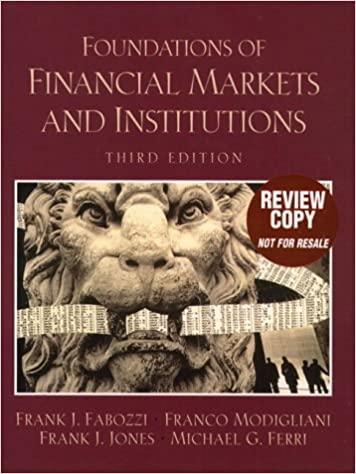period in which they were incurred, not necessarily when cash was received or paid. Investors and analysts use the information given in the income statement and other financial statements and reports to evaluate the company's financial performance and condition. Consider the following scenario: Cute Camel Woodcraft Company's income statement reports data for its first year of operation. The firm's CEO would like sales to increase by 25% next year. 1. Cute Camel is able to achieve this level of increased sales, but its interest costs increase from 10% to 15% of earnings before interest and taxes (EBIT). 2. The company's operating costs (excluding depreciation and amortization) remain at 65% of net sales, and its depreciation and amortization expenses remain constant from year to year. 3. The company's tax rate remains constant at 25% of its pre-tax income or earnings before taxes (EBT). 4. In Year 2, Cute Camel expects to pay $100,000 and $1,773,844 of preferred and common stock dividends, respectively. Cute Camel Woodcraft Company Income Statement for Year Ending December 31 Year 1 $20,000,000 Year 2 (Forecasted) Net sales $ Less: Operating costs, except depreciation and amortization 13,000,000 800,000 Less: Depreciation and amortization expenses Operating income (or EBIT) 800,000 $6,200,000 Less: Interest expense 620,000 5,580,000 Pre-tax income (or EBT) Less: Taxes (25%) 1,395,000 $4,185,000 Earnings after taxes 100,000 Less: Preferred stock dividends 4,085,000 Earnings available to common shareholders 1,464,750 Less: Common stock dividends $3.194,281 $2,620,250 Contribution to retained earnings Given the results of the previous income statement calculations, complete the following statements: Given the results of the previous Income statement calculations, complete the following statements: In Year 2, if Cute Camel has 10,000 shares of preferred stock issued and outstanding, then each preferred share should expect to receive in annual dividends. If Cute Camel has 500,000 shares of common stock issued and outstanding, then the firm's earnings per share (EPS) is expected to change from in Year 1 to in Year 2 . Cute Camel's earnings before interest, taxes, depreciation and amortization (EBITDA) value changed from in Year 1 to in Year 2. It is to say that Cute Camel's net inflows and outflows of cash at the end of Years 1 and 2 are equal to the company's annual contribution to retained earnings, $2,620,250 and $3,194,281, respectively. This is because of the items reported in the income statement involve payments and receipts of cash









